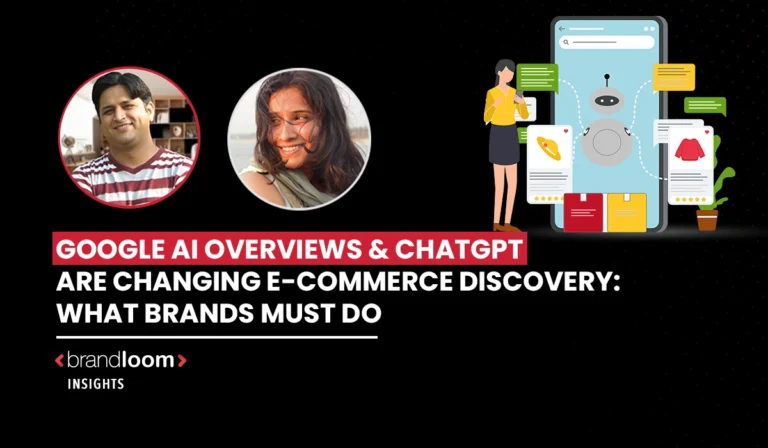Affiliate marketing is rapidly becoming a go-to strategy for businesses seeking cost-effective customer acquisition. Many companies struggle to achieve measurable returns in a landscape where traditional advertising is overcrowded and expensive. 70% of organizations can’t demonstrate a favorable return on their marketing spend.
Affiliate marketing offers a powerful alternative: a low-risk, high-reward model where brands partner with influencers and content creators who promote their products directly to engaged audiences. This approach drives targeted traffic, boosts brand recognition, and generates organic, trackable sales, without the upfront costs of traditional campaigns.
A key advantage of affiliate marketing is that it is performance-based, meaning you only incur costs when a transaction is completed through an affiliate’s unique link, minimizing risk and maximizing ROI. This strategy is not limited to e-commerce behemoths; businesses, from technological startups to existing brick-and-mortar retailers, may use affiliate networks to achieve considerable growth.
This blog will be your guide to using affiliate marketing’s potential for your business. As India’s leading digital marketing agency, we will discuss the key benefits of this method, several program formats, and the necessary procedures for building a successful program that feeds your sales engine.
What is Affiliate Marketing?
Affiliate marketing is a results-driven marketing strategy that fosters mutually beneficial partnerships with content creators, influencers, and other businesses. It operates through a network of established relationships, allowing you to extend your brand reach and drive targeted sales.

This is how it works: How Affiliate Marketing works?
1. Affiliate Recruitment:
You work with carefully selected affiliates that have a large audience base that matches your target demographic and brand values.
2. Unique Tracking Integration:
You provide affiliates with unique tracking links or codes that integrate neatly into their marketing campaigns.
3. Performance-based commissions structure of Affiliate Marketing
Affiliates promote your products or services using a variety of channels, including blog articles, social media campaigns, and video reviews. When a client clicks on the affiliate link and takes the specified action (usually a purchase), the sale is refunded to the referring affiliate.
4. Commission-Based Compensation structure of Affiliate Marketing
You pay a commission to successful affiliates based on pre-defined agreements, generally a percentage of the sales they create.
This performance-driven concept is an affordable method to grow your client acquisition funnel. By utilizing your affiliates’ credibility and established audience, you may increase brand visibility and produce quality sales leads.
Affiliate marketing creates a win-win situation: affiliates earn commissions by advertising items they believe in, while you receive access to a focused audience looking for related products or services.
Who Are the Key Players in Affiliate Marketing?
Affiliate marketing operates through a simple but powerful ecosystem involving four main parties: affiliates, merchants, affiliate networks, and consumers.
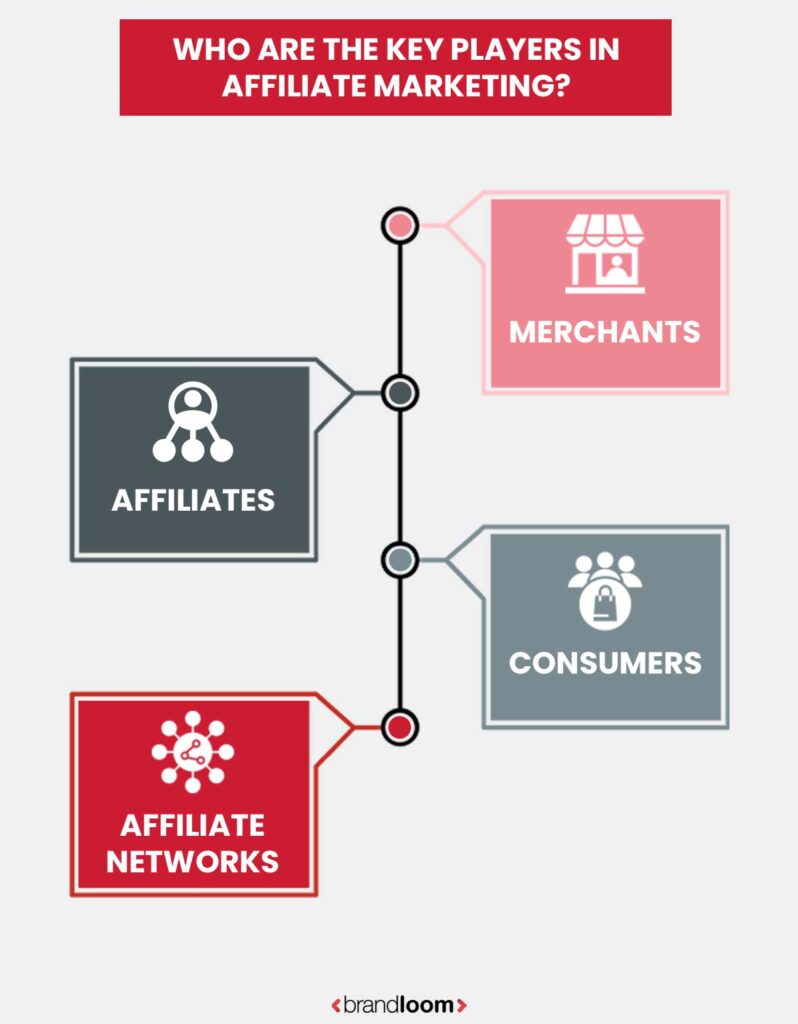
1. Affiliates (Also Known as Publishers)
Affiliates are individuals or businesses who promote a merchant’s products or services in exchange for a commission. Often bloggers, influencers, YouTubers, or niche content creators, affiliates use their platforms to produce engaging content, such as blog posts, reviews, videos, or social media mentions, that encourages their audience to take action.
Affiliates drive traffic through methods like:
When someone clicks on their affiliate link and completes a desired action—whether that’s making a purchase or submitting a lead form—the affiliate earns a commission, as defined by the terms of the affiliate program.
2. Merchants (Also Known as Advertisers or Product Creators)
Merchants are the companies or individuals offering the product or service. They create affiliate programs to incentivize third parties to drive traffic and conversions.
Merchants can range from:
- Large companies (e.g., HubSpot, offering commissions on software sales)
- Solopreneurs (e.g., Pat Flynn promoting his online courses or podcasts)
- Resellers or distributors (e.g., Amazon through its Associates Program)
Essentially, any entity that wants to grow sales and is willing to pay a commission for performance can be a merchant.
3. Affiliate Networks
Affiliate networks serve as the bridge between affiliates and merchants. They provide the tools and infrastructure needed to manage affiliate programs, including tracking links, reporting dashboards, payment processing, and fraud prevention.
These networks add credibility and convenience, especially for merchants who prefer not to handle affiliate logistics directly.
Some popular affiliate networks include:
Merchants may join a network to access a broader pool of affiliates or to delegate the program’s operational management.
4. Consumers
Consumers are the end-users—the ones who click affiliate links and make purchases or complete actions. They may or may not be aware they’re part of an affiliate transaction, but their engagement is what drives the entire system.
When a consumer buys a product or submits a form via an affiliate’s referral, it triggers the process that rewards the affiliate with a commission and delivers value to the merchant.
Characteristics of Affiliate Marketing
Affiliate marketing offers unique advantages that can significantly enhance your marketing strategy. Let’s explore some of the key characteristics that make it an attractive option for businesses of all sizes:
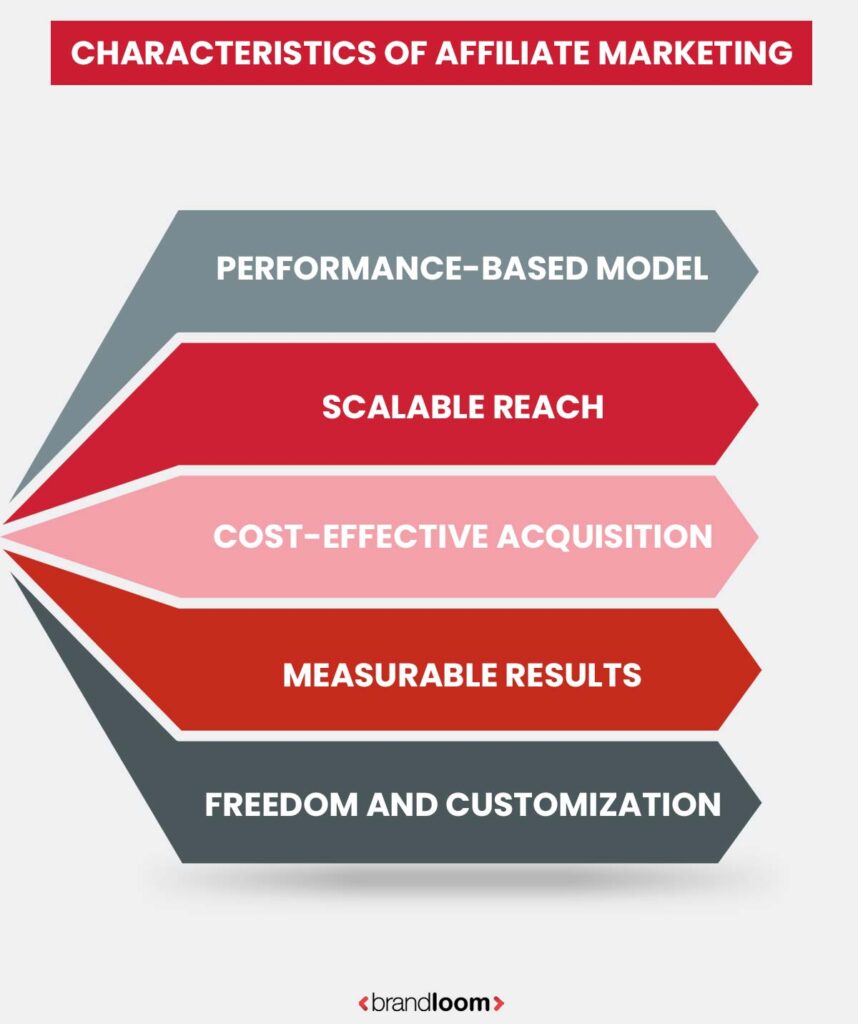
1. Performance-based model:
Affiliate marketing is focused on performance, as opposed to traditional advertising, which has upfront expenses and unknown returns. You only pay commissions when an affiliate’s unique link results in a sale or desired activity (for example, lead generation). This reduces financial risk and assures a clear ROI on your marketing investment.
2. Scalable Reach:
Affiliate programs allow you to use your affiliates’ existing audience base. This dramatically increases your brand’s reach and allows you to target new client categories without requiring a large in-house marketing crew.
3. Cost-Effective Acquisition:
Unlike traditional advertising methods, affiliate marketing is a more affordable approach to attract new clients. You only pay for successful conversions, boosting your marketing ROI.
4. Enhanced Brand Credibility:
By collaborating with trustworthy and trusted affiliates, you may benefit from their reputation and influence to improve your brand’s image. This is especially beneficial when affiliates are enthusiastic about your products or services and can give genuine feedback and suggestions to their target audience.
5. Measurable Results:
Affiliate marketing programs offer thorough information on the traffic, clicks, conversions, and purchases made by each affiliate. This allows you to monitor the effectiveness of your program and identify high-performing affiliates that require further attention.
6. Freedom and Customization:
Affiliate programs provide a great level of freedom. You may modify commission arrangements, program criteria, and product selection to meet your marketing objectives. This level of customization enables you to create a program that blends smoothly into your marketing plan.
Benefits of Affiliate Marketing
Affiliate marketing offers a compelling value proposition for businesses seeking to expand their reach, drive sales, and achieve sustainable growth. Let’s delve into some of the key benefits that make affiliate marketing a strategic addition to your marketing toolkit:

1. Increased Brand Awareness:
By using your affiliates’ existing audience base, you may greatly increase brand awareness. Affiliates promote your products or services via a variety of channels, exposing your brand to a larger audience and increasing brand recognition.
2. Targeted consumer Acquisition:
Affiliate marketing enables you to target certain consumer categories by carefully selecting affiliates whose audiences match your targeted demographic. This tailored strategy guarantees that your marketing efforts reach the most receptive demographic, increasing the likelihood of conversions.
3. Increased Sales and Income Generation:
Effective affiliate marketing programs strongly correlate with higher sales and income. Affiliates work as an extension of your sales team, bringing targeted traffic to your site and turning qualified leads into purchases.
4. Improved Cost-Effectiveness:
Compared to traditional advertising approaches, affiliate marketing is a more cost-effective strategy to consumer acquisition. You only pay commissions on successful sales made through affiliate links, reducing upfront costs and increasing the return on your marketing effort.
5. Measurable Performance and ROI:
Affiliate marketing programs provide useful data and statistics on the traffic, clicks, conversions, and purchases generated by each affiliate. This allows you to assess the program’s effectiveness, identify top-performing affiliates, and improve your plan for optimal ROI.
6. Scalable Growth Potential:
The key advantage of affiliate marketing is its potential to scale. As your affiliate network expands, you have access to a larger audience and realize exponential development potential. This enables you to scale your marketing operations efficiently and expand into other markets without making major additional costs.
How to Do Affiliate Marketing Like a Pro
At BrandLoom, we know a thing or two about effective affiliate marketing methods. Affiliate marketing allows you to make money by advertising other companies’ products and services. When done correctly, it may be your company’s highly profitable revenue source. Here are our top suggestions for affiliate marketing success:
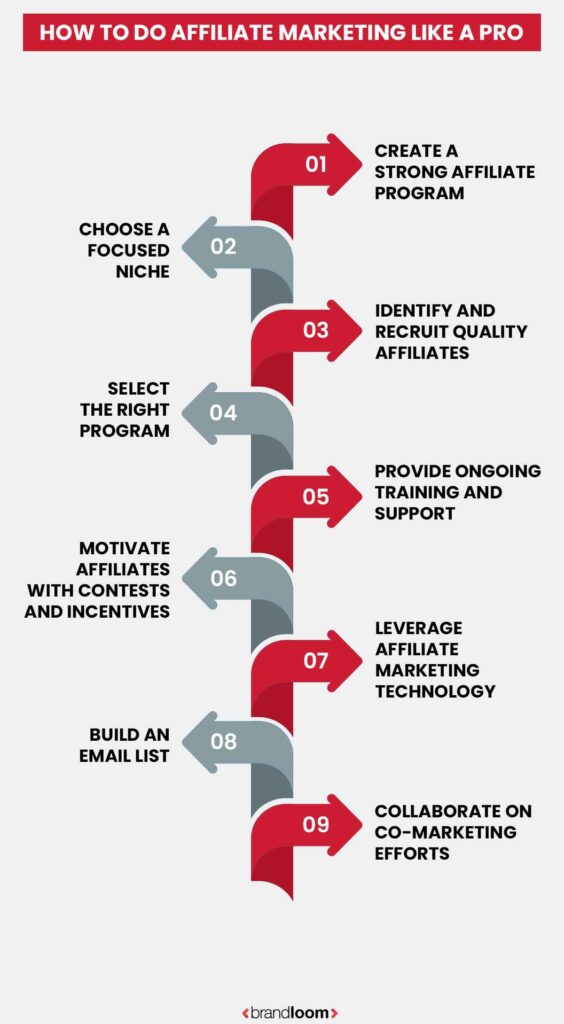
1. Create a Strong Affiliate Program:
The key to effective affiliate marketing is to have a compelling affiliate program that encourages people to promote your products/services. Offer reasonable compensation rates, establish fair conditions and cookie lengths, supply great marketing materials, and make it simple for affiliates to sign up and begin advertising your business.
2. Choose a Focused Niche:
Affiliate marketing works best when content is specific and aligned with a clear audience. Avoid broad categories like “tech” or “fitness.” Instead, niche down—for example, “budget tech gadgets for college students” or “home workouts for busy moms.” This helps attract a loyal, targeted audience and improves SEO.
Ask yourself:
- What do I enjoy and know well?
- What topics do people ask me about?
- Is there demand in this niche?
3. Identify and recruit quality affiliates:
Conduct research to identify influencers, bloggers, review sites, and others who are relevant to your target audience. Reach out and offer them an incentive to join your affiliate network. However, you must be picky; you want affiliates with an engaged audience who can actually promote your goods.
4. Select the Right Platform:
Choose the platform that best suits your content and audience. Options include:
- Blogs/websites (SEO-friendly)
- YouTube (great for tutorials and reviews)
- Social media (fast-growing for lifestyle and beauty niches)
- Newsletters or podcasts
5. Provide ongoing training and support.
Don’t just sign up affiliates and forget about them. Provide ongoing product training, effective marketing techniques, new tools and assets to employ, and recommendations for increasing their revenue. Create an affiliate resource center and offer tailored assistance.
6. Motivate affiliates with contests and incentives.
Create unique affiliate contests, freebies, and incentives to motivate and engage your top-performing affiliates. Provide additional payments, awards, shoutouts, or other incentives for reaching milestones or becoming a top earner.
7. Leverage Affiliate Marketing Technology
Invest in affiliate monitoring software to correctly track your program’s clicks, sales, commissions, and overall ROI. Look for options that will link with your e-commerce platform and automate payouts. This information enables you to improve your top-converting affiliates and channels.
8. Build an Email List:
Creating a subscriber base allows for direct, repeat engagement. Offer lead magnets (eBooks, exclusive guides) to encourage sign-ups, and send newsletters with helpful content and affiliate links.
9. Collaborate on co-marketing efforts.
Join forces with affiliates to launch co-marketing programs such as webinars, bundled offers, giveaways, and more. This gives value to both of your audiences and may greatly increase visibility and conversions.
The most successful firms view affiliate marketing as a strategic channel rather than an afterthought. With the correct program, proactive management, and performance data, you may generate considerable money from affiliate relationships.
Examples of Affiliate Marketing
Affiliate marketing is a strong tool for businesses to increase their reach and sales. Businesses may reach out to established audiences that trust these affiliates’ recommendations by collaborating with content producers and influencers. Here are some inventive ways to get your affiliate marketing program up and running:
1. Product Reviews and Tutorials:
In-depth reviews and helpful tutorials enable affiliates to demonstrate the value and functioning of your items.
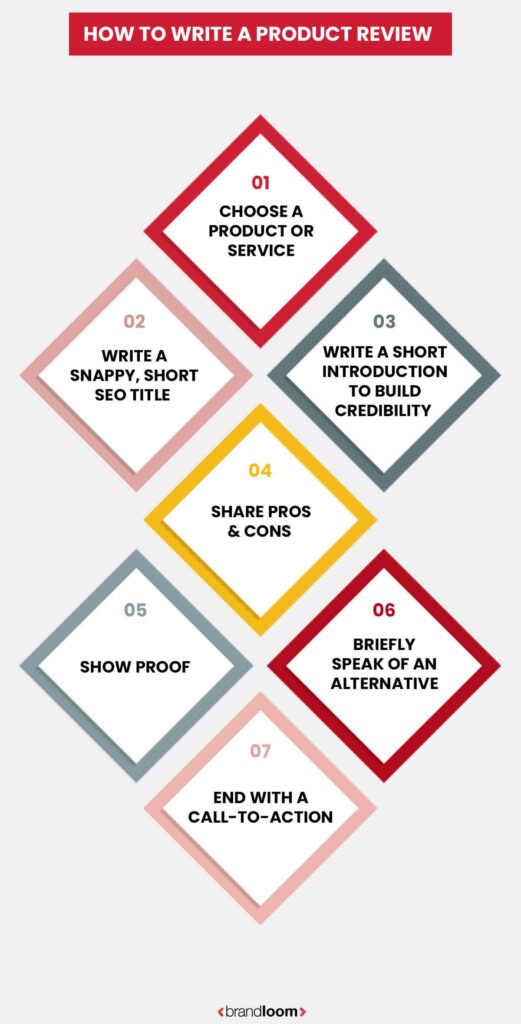
2. Comparison Roundups:
Create comparison guides to assist potential buyers in making complicated purchasing decisions. Affiliates can emphasize your product’s advantages over competition.
3. Social Media Advocacy:
Collaborate with social media influencers to market your items to their engaged audience. Use the power of narrative and user-generated content to engage with your target audience on a more personal level.
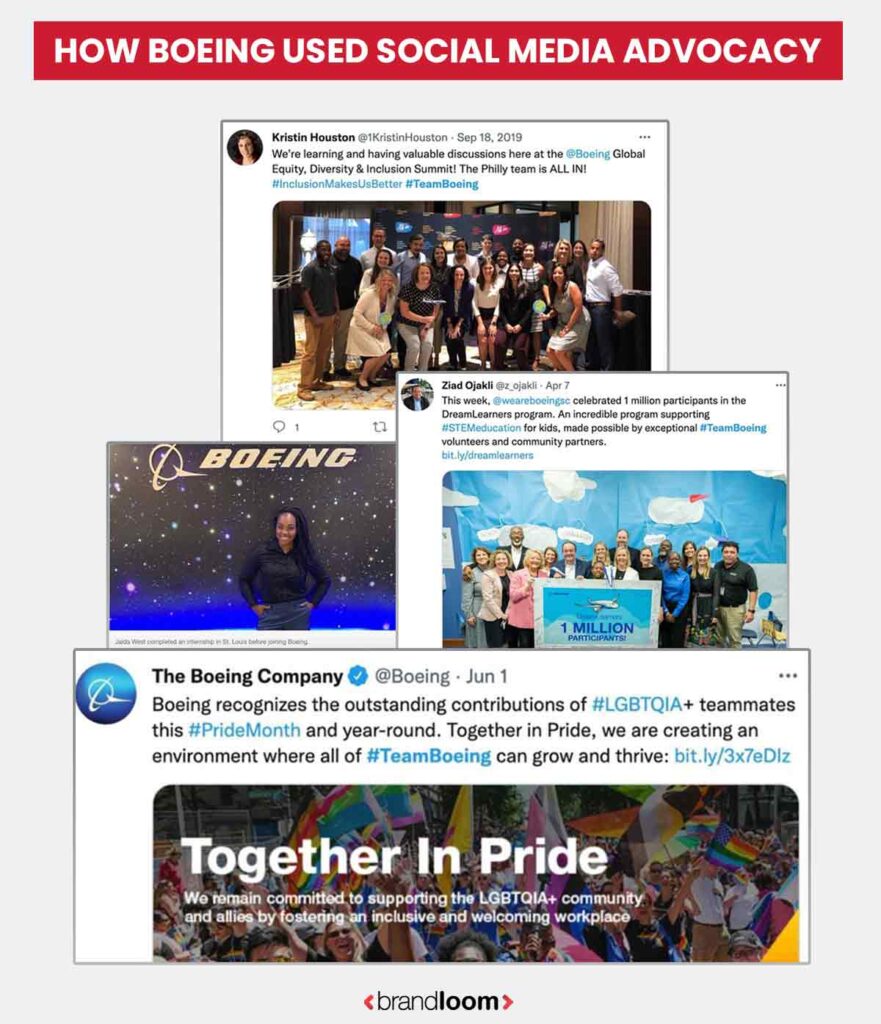
4. Content Marketing Collaboration:
Collaborate with bloggers and website owners to provide insightful material relevant to your area. This helps you to reach a larger audience that is already looking for the answers your products offer.
5. Exclusive Offers and Discounts:
To encourage clicks and conversions, provide affiliates with unique discount coupons or promotional offers to share with their audience.
By applying these tactics, businesses may build a network of committed affiliates who can effectively market their products and services. Remember, trust and openness are essential. Make sure your affiliates are a good fit for your brand and offer them with the tools they need to succeed.
5 Don’ts of Affiliate Marketing
Affiliate marketing may be a fantastic cash source, but there are certain crucial pitfalls to avoid. Follow these “don’ts” to avoid legal difficulties and reputational damage while increasing your affiliate profits.
1. Don’t Forget Legal Requirements:
Affiliate marketing is subject to disclosure, endorsement, and advertising laws. Do not overlook legal obligations such as explicitly declaring sponsored endorsements, utilizing factual testimonials/reviews, and making no deceptive product claims. Consult legal advice to verify that your affiliate program and marketing are completely compliant.
2. Do not rely solely on affiliate income:
Affiliate marketing may create a lot of money, but it shouldn’t be your primary source of income. Having a diverse income source protects your company if affiliate profits fall or a main partner program changes conditions. Maintaining a healthy mix of revenue sources helps to manage risk.
3. Do not sacrifice quality for quantity:
The temptation in affiliate marketing is to generate as many traffic and clicks as possible. However, don’t fall into the trap of dealing with low-quality affiliates only for numbers. Prioritize relevancy and influencers who can effectively represent your brand. Quality affiliates with an engaged audience will result in increased conversion rates.
4. Don’t set and forget:
Affiliate programs demand ongoing monitoring and improvement. Don’t just start the software and forget about it. Continuously track conversions by traffic source and affiliate. Change out underperforming creatives and affiliates. To maintain freshness, update material and creatives on a frequent basis. An affiliate program is never “done.”
5. Do not be opaque with customers:
Customers respect openness, so do not try to hide affiliate links or sponsored promotions as organic content. Use explicit disclaimers and avoid passing off paid placements as editorial recommendations. Being open about affiliate ties fosters confidence and loyalty among clients over time.
Conclusion
While affiliate marketing has the potential to generate significant revenue, most businesses lack the necessary knowledge and resources to run a successful affiliate program independently. Partnering with a top digital marketing agency such as BrandLoom that specializes in affiliate management may provide significant benefits due to their knowledge and strong skills.
Affiliate marketing organizations have vast expertise in creating conversion-optimized assets, offering compelling affiliate content, and generating targeted visitors through cross-channel advertising. They use their established contacts with leading affiliate networks and influencers to link your business with relevant, high-paying affiliate opportunities.
Perhaps most essential, affiliate marketing organizations stay current on the newest best practices in areas such as search engines, social platforms, and audience engagement tactics. Their extensive experience enables them to refine and adapt programs for optimal affiliate earnings constantly. Agencies also provide accountability through professional performance tracking and reporting.
While influencers play an important role, even the best affiliates rely on professional affiliate management teams to handle complicated nuances at scale. An exceptional digital marketing agency elevates an affiliate program by leveraging unique technology, industry relationships, specialized talents, devoted resources, and continuous performance monitoring and optimization. This complete affiliate program management leads to more conversions, higher ROI, and faster income development.
Frequently Asked Questions
Businesses looking to capitalize on the earning potential of affiliate marketing may use BrandLoom’s services to discover the finest affiliate program to help them grow their businesses. BrandLoom may assist businesses:
Examine their product line and customer base to identify which offers and audience segments are best suited for affiliate marketing.
Investigate affiliate networks, influencers, review sites, and other possible affiliate partners that are appropriate for the company’s products and target market.
Identify good affiliate programs that offer competitive pay rates, fair terms and conditions, high-quality marketing materials, and straightforward tracking/reporting systems that make it simple for affiliates to promote the company.
Implement a proactive affiliate recruiting strategy with BrandLoom to locate and onboard ideal affiliate partners. BrandLoom can help you reach out to potential affiliates, educate them on the company’s products and advantages, and encourage them to join with unique incentives.
BrandLoom can provide the infrastructure and the individuals needed to actively manage the affiliate program over time by creating affiliate connections through regular training, content collaboration possibilities, exciting competitions, and customized support.
Review program performance information supplied by BrandLoom on a regular basis in order to improve payments, creative assets, and affiliate partner marketing tactics.
Affiliate marketing has the advantage of requiring less upfront commitment. Businesses may use BrandLoom’s services to discover and execute the right affiliate program for their product offerings and customer base:
Through BrandLoom, you can analyze and join suitable affiliate networks and programs associated with the business’s goods and target demographic.
BrandLoom can assist locate compelling affiliate programs with substantial commissions, reasonable terms, accurate tracking, and high-quality marketing materials.
Instead of simply launching and waiting, BrandLoom supports in implementing an aggressive affiliate recruiting strategy to identify possible partners such as influencers, bloggers, and review sites relevant to the brand.
BrandLoom can help these potential affiliates learn about the company’s products and brand, as well as why they should join the affiliate program.
When it comes to businesses, they can use the following tips to do affiliate marketing properly:
To properly use affiliate marketing, organizations must first determine a clear product-market fit. Evaluate your offers, then look into affiliate networks, influencers, review sites, and other prospective partners who are compatible with your items and target demographic. Joining the appropriate affiliate programs is critical.
Next, develop an appealing, high-converting affiliate scheme. Provide competitive commission rates, clear terms and conditions, a streamlined tracking system, and high-quality marketing materials such as photographs, videos, and content. Don’t just debut and expect affiliates to join.
Develop an aggressive affiliate recruiting and cooperation strategy. Reach out directly to your desired affiliate partners, instruct them on the specific benefits of your products, and motivate them to join your network. Once onboarded, cultivate those connections through collaborative opportunities, ongoing training, exciting contests, and tailored support.
Most essential, regularly evaluate program statistics to optimize features such as payments, creative assets, and marketing strategies for maximum revenue development. Dedicating efforts to carefully building and managing your affiliate channel enables you to efficiently harness this attractive revenue stream over time.
Brandloom offers affiliate marketing services to help businesses build and manage successful affiliate programs. Their team of experts can assist with strategy, recruitment, tracking, optimization, and more to maximize your affiliate revenue.
Amazon’s affiliate program may be a profitable revenue stream, but companies must approach it intelligently. Here are some steps that businesses can look into:
First, determine which of your items are appropriate for advertising on Amazon based on client demand and purchasing habits. Ensure that your listings are completely optimized with detailed information, high-quality photos, and videos.
Next, join the Amazon Associates program and include affiliate tracking links on your website, email campaigns, social advertising, and other marketing channels that drive visitors to Amazon listings.
Create intriguing content, such as product reviews, purchasing recommendations, and gift lists, that organically includes your affiliate connections.
However, do not rely entirely on your own marketing activities. Recruit an affiliate partner network, including influencers, bloggers, and review sites, and incentivize them to join your Amazon affiliate program. Provide them with high-quality creative elements to promote your Amazon offers.
The idea is to constantly try alternative traffic sources, content genres, affiliate partners, and promotional campaigns.
Analyze detailed performance data thoroughly to focus on your highest-converting Amazon affiliate angles over time for optimum income development.
Indian businesses can tap into the lucrative affiliate marketing opportunity by adopting a strategic approach. Here are the key steps:
First, determine which products and consumer categories are best suited for affiliate promotion. Investigate suitable affiliate networks, influencers, bloggers, and other potential partners who complement your offerings and target Indian customers.
Create an engaging, customized affiliate program with competitive commissions, clear terms and conditions, and high-quality creative materials tailored to Indian markets. However, don’t just launch and wait; instead, develop an aggressive affiliate recruiting campaign.
Directly approach and onboard your potential Indian affiliate partners, educating them on your products’ unique value proposition.
Once affiliates have joined, cultivate their connections via ongoing collaboration, educational opportunities, inspiring contests, and localized personal assistance.
Most importantly, carefully analyze campaign performance data to adjust factors such as payments, creative assets, channels, and partner strategies to achieve long-term revenue growth in India.
Prioritize internal resources for strategically building, managing, and evolving your Indian affiliate network to ensure long-term success in this high-potential market. An effective affiliate channel can generate substantial revenue.
Brandloom offers end-to-end affiliate marketing services to help Indian businesses build and manage successful affiliate programs locally and globally. Their team can assist with strategy, recruitment, tracking, optimization, and more to maximize your affiliate revenue in the Indian market.
Here is the response rewritten with a proper introduction and bullet points, including information about Brandloom’s services:
Search engine optimization (SEO) is crucial for any successful affiliate marketing strategy. Here are the key steps to incorporate SEO:
Begin by performing keyword research to uncover high-value, buyer-intent phrases and themes relevant to the products you’re advertising as an affiliate.
Prioritize creating high-quality, helpful content such as product reviews, buying recommendations, and optimized comparisons for the target keywords.
However, rich content alone is insufficient for affiliate SEO success. You will require:
– An authoritative website with a logical architecture
– Fast load times
– Technical SEO optimization
– An effective internal linking strategy
Improve domain authority by creating targeted backlinks using strategies such as:
– Guest posting
– Influencer outreach
– Digital PR
Additionally, tailor your affiliate SEO strategy to the high-potential regional markets you’re targeting:
– Conduct location-specific keyword research
– Write locally-relevant content
– Seek backlinks from regionally relevant websites
Monitor rankings and traffic statistics closely, and adjust your SEO approach over time based on results.
With a thorough affiliate SEO strategy that includes topically relevant content, strong technical optimization, and smart link building, you can generate long-term organic traffic that translates into increased affiliate revenue.
Brandloom offers comprehensive SEO services for affiliate marketers to boost organic traffic and sales. Their team can handle keyword research, on-page optimization, technical SEO, link building, and more to maximize your affiliate SEO performance.
A common example of affiliate marketing is a lifestyle blogger who promotes a brand’s products through their website or social media. Let’s say the blogger writes a post reviewing a skincare product and includes a special affiliate link to purchase it. When a reader clicks that link and buys the product, the blogger earns a commission from the brand.
This transaction benefits both parties—the brand gets a sale and increased exposure, while the blogger earns income without handling inventory or customer service. Companies like Amazon, Sephora, and Bluehost offer well-known affiliate programs, allowing content creators and influencers to monetize their audience by recommending products or services aligned with their niche and credibility.
The highest-paying affiliate programs typically come from industries like finance, software, and web hosting. For instance, software-as-a-service (SaaS) companies such as HubSpot, ClickFunnels, and Shopify offer high commissions, sometimes up to 40% recurring revenue per referral. In the finance sector, credit card or investment platforms like Credit Karma and Betterment can offer $100–$200 per successful lead or sign-up.
Web hosting companies like Kinsta or WP Engine may pay $200+ per sale. These programs often pay more because of higher customer lifetime value and profit margins. However, success in such programs depends on reaching a qualified audience and providing value through trusted, informative content that drives meaningful engagement and conversions.
Affiliate marketing is open to virtually anyone, but success depends on strategy, content, and audience. There are no strict eligibility criteria to join most affiliate programs—individuals, bloggers, influencers, or businesses with websites or social media platforms can typically apply.
However, programs often require you to have an active online presence, a niche-aligned audience, and content that complies with their policies. Some high-paying programs may set minimum traffic or follower requirements.
You don’t need a formal degree or prior experience, but having strong marketing skills, an understanding of SEO, and content creation abilities can help significantly. Most importantly, affiliates must disclose their partnerships transparently and follow applicable advertising and consumer protection guidelines to build trust.




